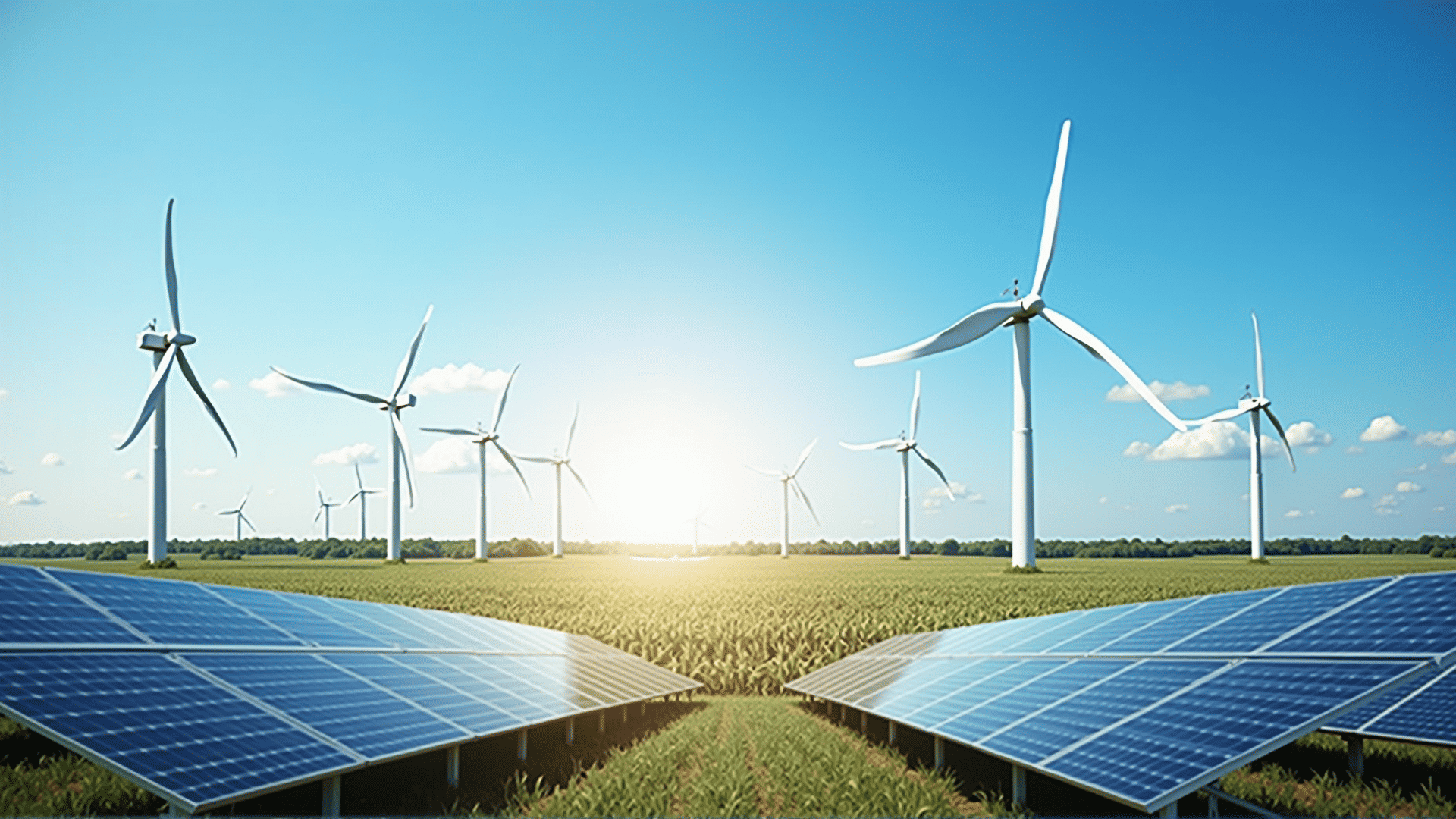In recent years, the conversation surrounding energy production has significantly shifted towards sustainability and environmental preservation. The increasing awareness of climate change and the intrinsic need to protect our planet have catalyzed a movement towards harnessing eco-friendly energy sources. Renewable energy—derived from natural processes that are replenished constantly—stands at the forefront of this movement, offering solutions that minimize environmental impact while meeting our energy demands.
One of the most prominent forms of renewable energy is solar power. By converting sunlight into electricity using photovoltaic cells or solar thermal systems, solar energy provides a clean, inexhaustible source of power. It requires minimal maintenance once installed and can significantly reduce electricity bills while decreasing reliance on fossil fuels. Moreover, innovations in solar technology have led to more efficient panels and the development of solar batteries, which allow for energy storage and usage during nighttime or cloudy days.
Wind energy is another key player in the realm of renewable resources. Wind turbines transform the kinetic energy of wind into mechanical power, which can then be converted into electricity. Compared to traditional power plants, wind farms emit no greenhouse gases during operation, and technological advancements have made turbines more efficient and cost-effective. Wind power is now one of the fastest-growing sources of electricity worldwide, with potential to provide power even in rural and remote areas.
Hydropower, which harnesses the energy from moving water, has been utilized for centuries. Modern hydroelectric power plants are capable of generating large amounts of electricity through the construction of dams and water reservoirs. Though there are environmental concerns related to habitat disruption and water quality, developments in environmental management and technology continue to mitigate these impacts, ensuring that hydropower remains a viable source of eco-friendly energy.
Tidal and wave energies—forms of hydropower—are gaining traction as novel methods of harnessing ocean energy. Tidal power captures the energy generated by the rise and fall of tides, whereas wave energy capitalizes on surface waves. Both forms exhibit enormous potential for generating sustainable energy, particularly in coastal regions, and ongoing research aims to improve their efficiency and lower costs.
Biomass energy, derived from organic materials like wood, agricultural crops, or waste, offers another alternative to fossil fuels. By converting biological material into heat, electricity, or biofuels, biomass provides a renewable energy source that can utilize existing infrastructure for distribution. Importantly, if managed sustainably, the carbon dioxide released during biomass combustion can be offset by the carbon absorbed during the growth of new plants, contributing to a balanced carbon cycle.
Geothermal energy, which taps into the heat stored beneath the Earth's surface, provides a steady and reliable energy supply with minimal environmental footprint. Geothermal power plants use heat from underground reservoirs to generate electricity or provide direct heating. This form of energy is particularly effective in regions with significant volcanic or tectonic activity.
Moving forward, transitioning to renewable energy not only addresses the urgent need to reduce greenhouse gas emissions but also offers economic incentives. Investment in renewable energy technology generates jobs, stabilizes energy prices, and enhances energy security. Governments and private sectors globally are increasingly committing to this transition through policy changes, funding, and technological research.
The shift towards eco-friendly energy harnesses the vast potential of the Earth’s natural resources, paving the way for a sustainable future. As innovations continue to evolve, renewable energy will play a crucial role in minimizing our environmental impact while maintaining the energy needs of an ever-growing global population. The commitment to cleaner, renewable energy sources represents a pivotal step in safeguarding the planet for future generations.
